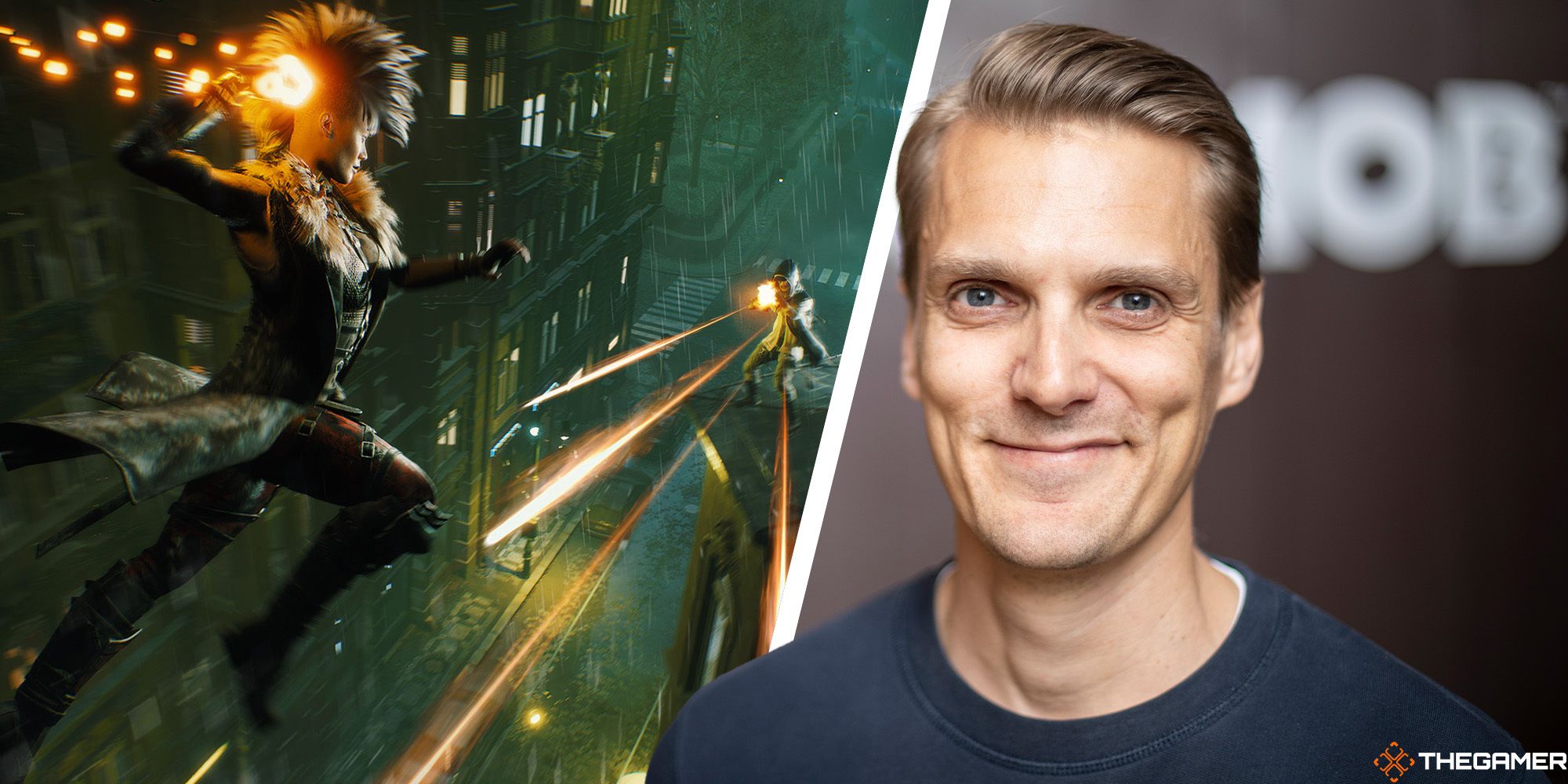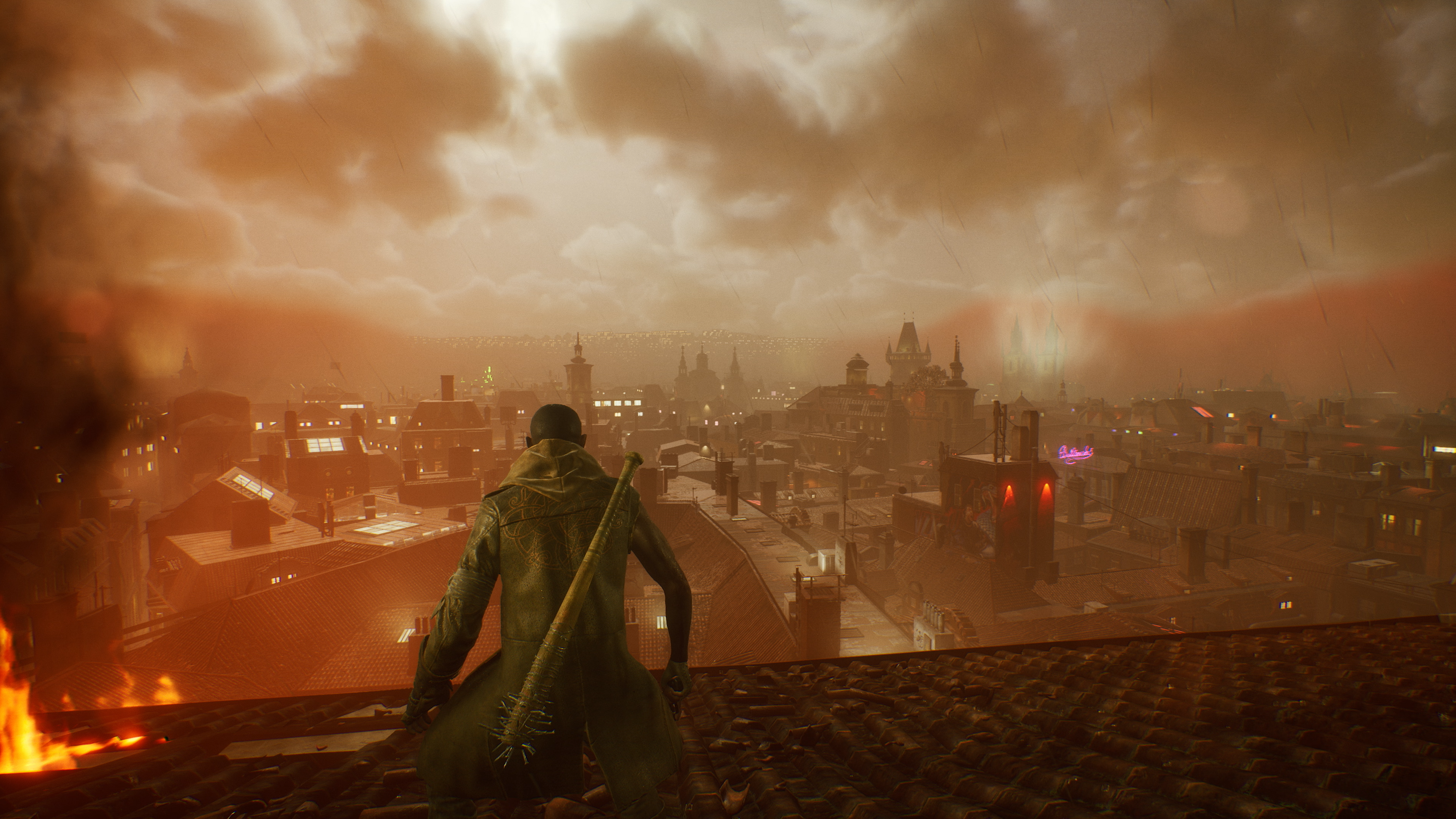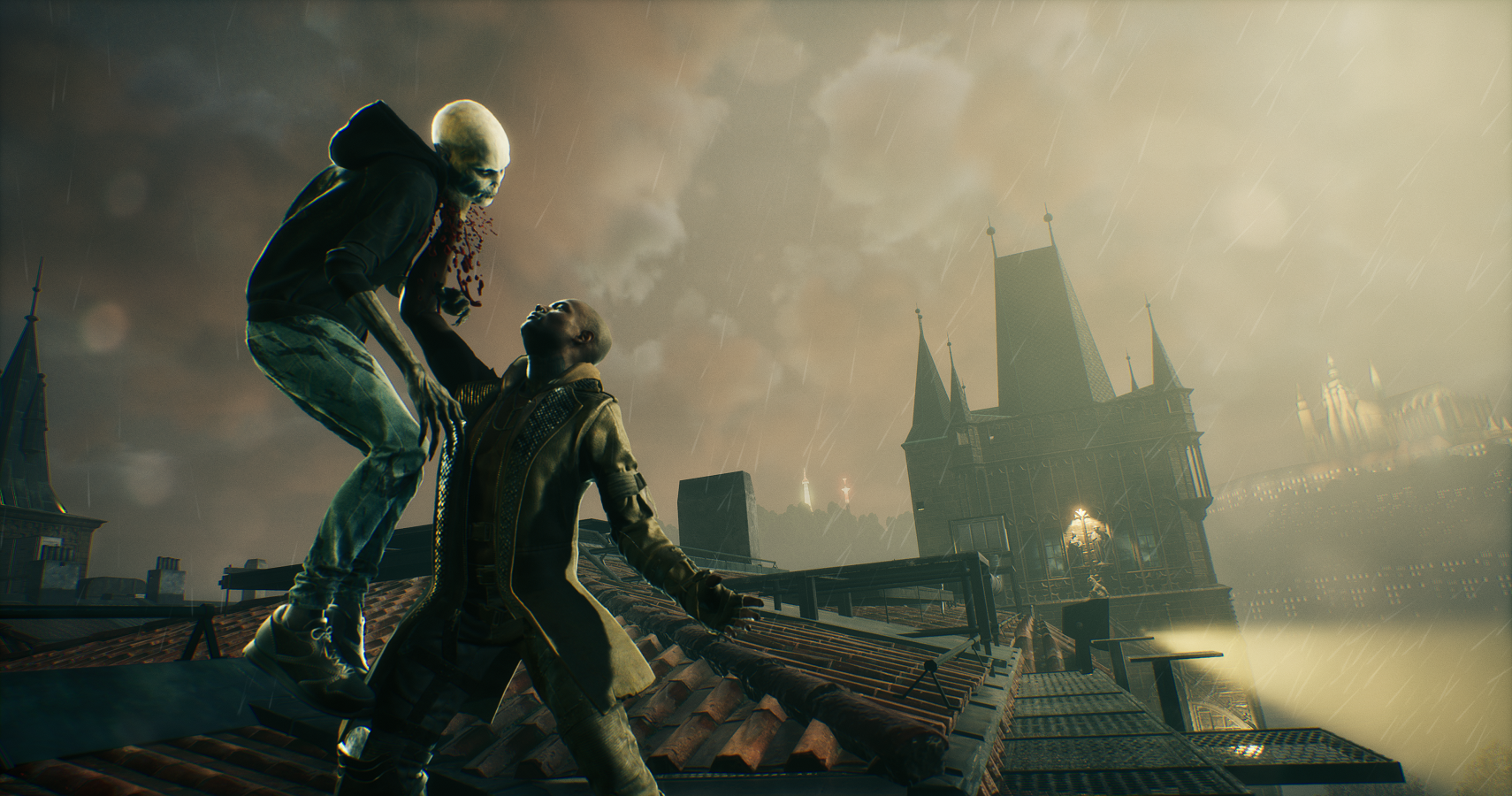When I sat down with David Sirland, producer on Vampire: The Masquerade - Bloodhunt, there’s an obvious question that the studio’s likely been asked plenty of times since the game’s initial reveal - what’s it like taking something like Vampire: The Masquerade, an IP that’s known for stealth and secrecy, and trying to turn it into a battle royale?
“We have to take care in this world as there are set rules, and there are certain things that are not okay, such as using certain types of magic,” Sirland explains. For example, something like a magician wouldn’t fit, so we have to find ways to make it work and get around those facts so that it can fit the game and its mechanics”.
Although Bloodhunt started off with plenty of raised eyebrows thanks to its unusual use of an IP, Sirland notes that the game has since been "embraced by the community to the point where it feels like we have a place". Considering this reputation, and that Bloodhunt has been in development since 2017, around the same time that Fortnite first started getting popular and reached mainstream eyes, it might be surprising to learn that Bloodhunt wasn’t always a battle royale, although it’s clear from talking to the team that it always wanted to take the IP in a more action-packed direction.
“Very early on [battle royales] weren’t really a thing,” Sirland explains. “There were other ‘King of the Hill’ type modes, there was the whole Highlander fight to be number one type deal, which then became the battle royale genre. It obviously evolved as there were other games popping up at the same time. But something of that style, with one winner above all, was always the plan.”
Coming into the genre many years after some of the core tenants have already been figured out has allowed Sharkmob to mess with some of the systems and put its own spin on things. Although much of this can already be seen in the game at launch, it’s apparently just the start, as the team would like to keep experimenting with what players expect from a battle royale.
Sirland notes that at launch, Bloodhunt will follow the example that other live service games have set, such as featuring a two-tier battle pass over 12 weeks, but that it wants to try and move beyond that once Bloodhunt has found its footing. Sirland specifically references the long lead times that come from having four big drops in a year, and how a strict structure like that can cause problems should unexpected issues arrive. One way that Sharkmob might combat this in the future is by having shorter wait times between content drops, or separating content and feature updates to keep things varied, something that Sirland thinks will be “interesting to figure out the smartest way to handle considering that we’re a triple-a free-to-play game”.
What does a free-to-play, triple-A game look like? One of the major features that sets Bloodhunt apart is its map. Its virtual recreation of Prague is unlike any that we’ve seen in a battle royale, focusing on density and verticality rather than one spread out area with key points dotted around it. This has worked in its favour by giving Bloodhunt something truly unique, but that singular focus means that map development takes some extra time, and means that, although more maps are in consideration, nothing has been confirmed for now and Prague seems unlikely to be changed dramatically throughout a season.
The hyper-detailed Prague map is just one example of how Sharkmob has approached Bloodhunt with a focus on graphics and gameplay. For a genre that relies on a constant stream of new content to survive, it’s risky to focus on quality over quantity, but it’s something that Sirland and the rest of the team at Sharkmob seem confident in tackling. On the topic, Sirland says that attention to detail will benefit the game, “It might take longer to make, but people are going to like it more.”
The biggest thing that Bloodhunt does to switch things up is that it focus more on verticality and movement than its contemporaries. Fortnite recently did a similar thing by adding more and more movement options as a core part of its gameplay. Although Sirland previously said that Bloodhunt wasn't aiming to "directly compete" with other battle royales, the recent introduction of similar mechanics made me ask Sirland what it felt like seeing the biggest game in the genre aiming for a similar area as Bloodhunt.
“They move fast, don’t they?” Sirland laughs. “It makes you feel like you’re doing the right thing. It’s a good thing, really. We should all be that nimble. It’s a completely different experience too. We’re not really a competitor to Fortnite, we’re super tiny compared to that, but it’d be nice to have some graduates from that game try ours. That’d be nice.”



